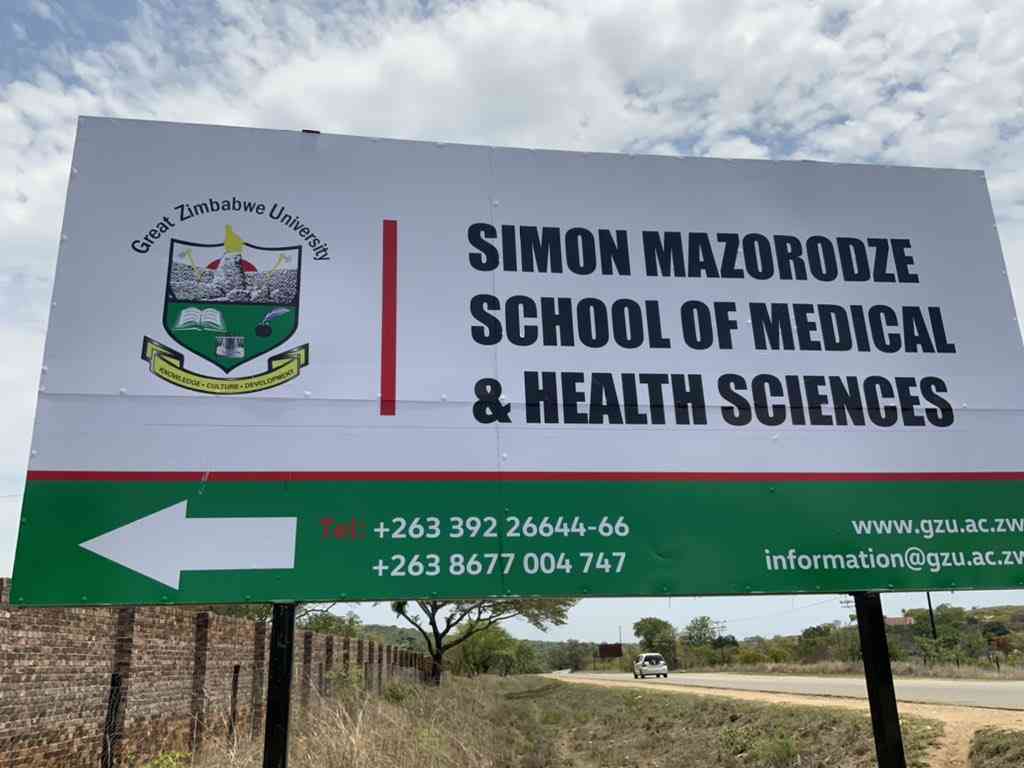
A STRONG health delivery system is made up of at least six pillars that include health financing, health workforce, health informatics, governance, medicines and service delivery.
These pillars should be well integrated if equity and equality are to be achieved in any country.
While there are many hiccups in health service delivery in the country, we boast a qualified and experienced workforce which many first-world countries are poaching.
The country has great potential to become a hub of medical tourism if adequate resources are channelled towards the health delivery system.
Under-funding of the healthcare system is a serious perennial problem that threatens to incapacitate the health system.
Budgetary support has been dwindling lately, with about 10,8% of the national fiscus being allocated to the Health ministry in 2024, down from a 11,2% allocation in 2023, but rising a bit to 13% in 2025.
The country introduced special taxes like sugar tax, airtime taxes, surtaxes that can propel the health sector if they are put to good use.
Delta Beverages alone is said to have contributed at least US$21 million in 2024 through sugar tax revenue.
- Mbavara eyes to resurrect Matavire’s music legacy
- Zim exiles panic over SA permits
- Zim exiles panic over SA permits
- Social media platforms should act on hate speech
Keep Reading
It is undeniable that the country is bleeding from corruption which is estimated to drain at least US$2 billion yearly, an amount that is huge enough to build 100 hospitals per year.
The country has numerous minerals that include diamonds, gold, platinum, copper, coal, lithium, cobalt among others and there is great potential to invest in health if there is political will.
It thus remains a pipe dream to achieve universal health coverage.
India has stood the test of time, with at least seven million people visiting the country every year for medical treatment alone.
The year 2024 saw at least 7,4 million patients visiting India, a significant increase from about 6,1 million patients that sought treatment in 2023.
Over the past decade, India has positioned itself as a provider of high quality medical services at affordable cost.
World-class amenities, skilled and well-trained medical experts and cost-effective treatment alternatives make India an appealing destination for those seeking high-quality healthcare services.
What disturbs many patients is the unbearable waiting time for some surgical procedures.
A lot of factors contribute to this unfortunate phenomenon, chief among them being inadequately skilled health staff, strained high care units like intensive care units, obsolete equipment, general demotivation among the health workforce and critical shortage of important drugs and sundries.
It is undeniable that medical charges in India are far less than those of other countries and affordability relieves many patients who will have failed to access medical services locally.
With an abundance of natural resources in the country, we have great potential to attract patients from as many countries as possible.
The country boasts long-standing peace and tranquillity, favourable weather conditions, high literacy rate and rich natural resources.
All these factors can drive medical tourism, alas, poor health financing is a poignant reality.
With at least 20 000 Zimbabweans going out of the country yearly to seek medical attention, the country is losing at approximately US$4 billion annually.
Why can't we upgrade our systems so that our public health system is strengthened to the maximum?
Health and development are symbiotic in nature as a healthy population is a catalyst for economic and social development.
As southern Africa improves industrial capacity and the economy, the health of the citizens remains paramount in ensuring a sustainable future.
The goal to achieve universal health coverage is traced to 1997 when the Sadc Health Programme was developed in line with global and regional declarations and targets.
Three key policy documents were developed to underpin the implementation of the programme and these included the Health Policy Framework, the Sadc Protocol on Health and the Regional Indicative Strategic Development Plan.
With all these protocols on health, why is it too expensive to access medical services in the region?










